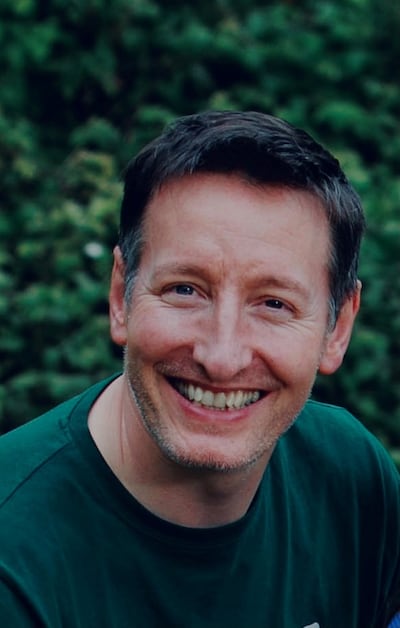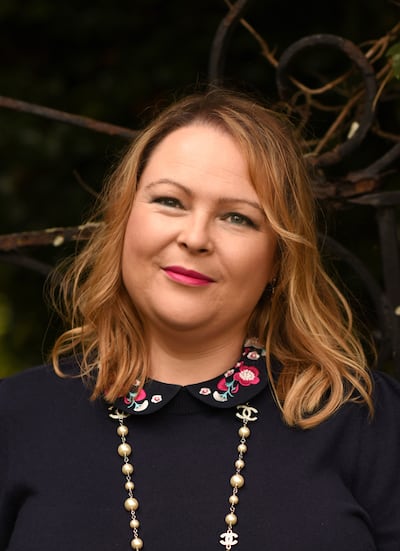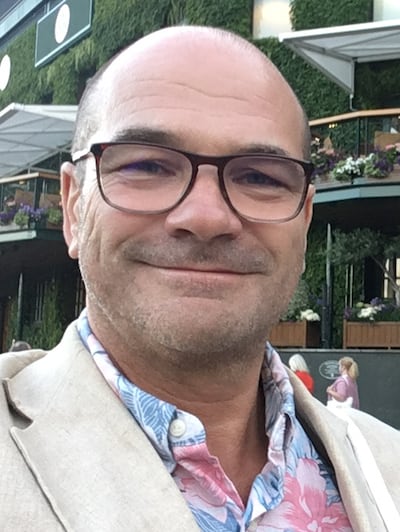Maybe you receive a DNA test kit as a gift, and it would feel rude to waste it. Or perhaps you are curious about your family origins and think it would be fun to learn more.
Whatever the motivation to spit into a tube and send your DNA off to be churned through a massive data bank, there could be unexpected consequences.
“Anyone considering doing a DNA test needs to be aware that surprises can happen,” says professional genetic genealogist Dr Maurice Gleeson, a retired medical doctor. “Some find out that they have an unknown half-sibling. Some men find out that they had a child they never knew about. Others discover that they were adopted, and that the people they know as their parents are not their biological parents.”
While these risks are low for any individual, they are real, he says. Even those who think their families could not possibly have such secrets may find all is not as it seems. Although mix-ups in fertility clinics are believed to be very rare, there are stories of them being exposed through “recreational” genetic testing.
READ MORE
“Anyone considering doing a commercial DNA test needs to weigh up these risks and decide if they would be able to handle one of these surprises should they occur,” says Gleeson, who was born in Ireland and lives in London.
We share a significant amount of DNA with extended family members, such as first cousins. “Your DNA results may reveal a surprise that they will have to deal with – and you may be the one who has to tell them about it.”
Catherine Joyce, assistant children’s director with Barnardos Ireland, likens the possession of such knowledge to toothpaste coming out of a tube: “You can’t put it back in. Once you know, you know and you have to deal with the consequences.”
The charity runs a post-adoption service and an origins-tracing service. The latter is for people, living in Ireland or abroad, who spent all or part of their childhood in an Irish industrial school and are interested in tracing information about their parents, siblings or other relatives. Andrew Walker, who is project leader for the children’s post-adoption service and previously worked with the origins service, says that although they do not use DNA test companies, they support clients who do. They cannot advise people to do it “but we would not make it a secret that it is an option for people”.

For young adults who were adopted as babies from abroad by Irish parents it may be the only potentially fruitful lead. Other adoptees and those from industrial schools may find it helpful in supplementing their search of scant, falsified or nonexistent records, particularly if they are mixed race, says Walker.
Barnardos advises people to prepare themselves for all eventualities, says Walker, from finding nothing to unearthing upsetting personal history.
DNA testing can lead to close matches straight away, for which people need to be emotionally prepared. “They might just have wanted information,” he says, “but actually, lo and behold, there’s a half-sibling or a full sibling, or their birth mother, or their birth father, and here they are in one or two clicks away.”
Once you embark on DNA tracing options, “there’s almost a sense of lack of control about what is the potential”, says Joyce. “You are opening up your information and the potential information coming at you in a way that’s far more expansive than, say, when we were looking at paper files.” In the majority of cases this is very positive for people, “but it just needs to come with a few notes of caution that it might not be inevitably positive, or inevitably negative either”.
Claire Bradley, a Dublin genealogist who assists people using DNA in researching their heritage, believes the benefits outweigh the concerns. A common type of client Bradley works with is somebody who, after their father has died, discovers he was in fact their stepfather and is now looking for their biological father. The client may be in the UK or the US and if their ethnicity comes back as strongly Irish, they seek help from an Irish genealogist.
[ I did a DNA test and guess what? I’m as Irish as a bog bodyOpens in new window ]
There is luck involved because people are only going to find significant matches if relatives have put their DNA into the data bank of the same company. The five main global companies are estimated to have 50 million DNA profiles between them, with Ancestry leading the way with half of those. But as people may upload their data to more than one, Gleeson believes the actual number of people covered may be closer to 40 million.

We get half our DNA from our mother and half from our father. So if an adoptee is looking for birth parents and gets a 50 per cent match, they know it has to be their parent or, less likely, a sibling with the same parents.
“But for every other relationship, including half-siblings, there’s a variable amount of DNA that you might share,” says Bradley. On average people share 25 per cent of DNA with half-siblings, grandparents, aunts and uncles, nieces and nephews, and 12.5 per cent with a first cousin.
“Sometimes people get panicked when they see a high match that they don’t recognise.” If she spots a high match straight away on a case, she takes screenshots of the details in case that match deletes or hides their data.
Bradley helped one woman who had been adopted in the UK but knew her birth parents were Irish. The client had a high match in one of the databases and Bradley reckoned it would be a niece or aunt. When she contacted that match, she learned the person was in her early 20s and therefore was probably a niece. Luckily this young woman was open to discussing her extended family, one of whom was also willing to share a DNA sample to help narrow the search.
“It turned out that this woman’s [late] grandmother had had a baby before she got married, that the family didn’t know about.” Bradley’s client was that baby. “That’s a very common story in Ireland.”
Aside from genealogy, consumer DNA testing to discover genetic predisposition to a range of health conditions, from obesity and cancer to dementia, is growing in popularity. But critics question their accuracy or advisability and suggest they may exploit the “worried well”.

Gleeson, wearing his medical hat, believes it can be very useful information, allowing people to make informed decisions about strategies for reducing risks and planning future healthcare. But it is very easy to misinterpret the results, so he advises people to discuss any concerns they might have with their GP, who in turn can refer them to relevant specialist medical services.
“For example, if your results tell you that you have a 40 per cent genetic risk of developing Alzheimer’s disease, the corollary is that you have a 60 per cent genetic risk of not developing the disease.” There are also many other nongenetic factors for dementia that people can modify.
“We need to remember that we all have a 100 per cent genetic risk of mortality,” he says. And nobody needs to buy a DNA self-test kit to confirm that.
Fears about DNA information being misappropriated were heightened after a security breach at the California-based genetic testing company 23andMe a year ago. It came to light after the names, addresses and genetic heritage of one million of their customers with Ashkenazi Jewish backgrounds were reportedly being offered for sale on the dark web. It transpired hackers had used people’s recycled passwords garnered from data breaches elsewhere to access personal data of 14,000 individuals using 23andMe. However, due to the opt-in feature that allows DNA-relatives to contact each other, the total number of people exposed was 6.9 million – or just less than half of its 14 million reported customers. Lawsuits have followed.
A common concern is privacy, says Gleeson, and many people use pseudonyms or simply initials. Another option is for a person to make their family tree private, or turn on and off DNA results so that they are visible to others in the database only when the person is working on them. Companies selling data for scientific research is another worry for some, but this can be done only if you give consent, he points out, which many people do.
Although there is a vacuum in Irish law around “recreational” genetic testing, it is a business that troubles France, where it is illegal for a consumer to send a sample of their DNA to a genealogy or health company. Equally these companies are prohibited from advertising such services within France, where a genetic test can be carried out only by court order or within approved medical and research circles inside the country.
Switzerland used to take a similar approach but, in face of the ever-increasing availability of direct-to-consumer genetic testing and self-testing kits, amended its laws in 2022 to cover such options. There is a remote possibility that DNA will expose a criminal in the family. The use of DNA for forensic investigative genetic genealogy (Figg) is a relatively new science, says Gleeson, that came to public attention after the arrest of the “Golden State Killer” in California in 2018. Investigators closed in on serial murderer and rapist Joseph James DeAngelo by identifying members of his family through DNA matches on genealogy companies’ databases. Two websites (FamilyTreeDNA and GEDmatch) allow law enforcement authorities to use their databases to help identify perpetrators of violent crime and unidentified human remains.
- Sign up for push alerts and have the best news, analysis and comment delivered directly to your phone
- Join The Irish Times on WhatsApp and stay up to date
- Listen to our Inside Politics podcast for the best political chat and analysis




















